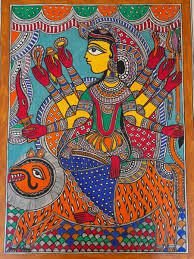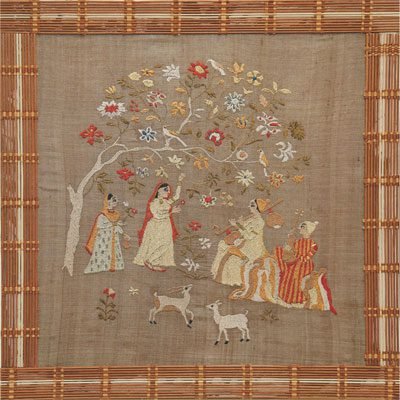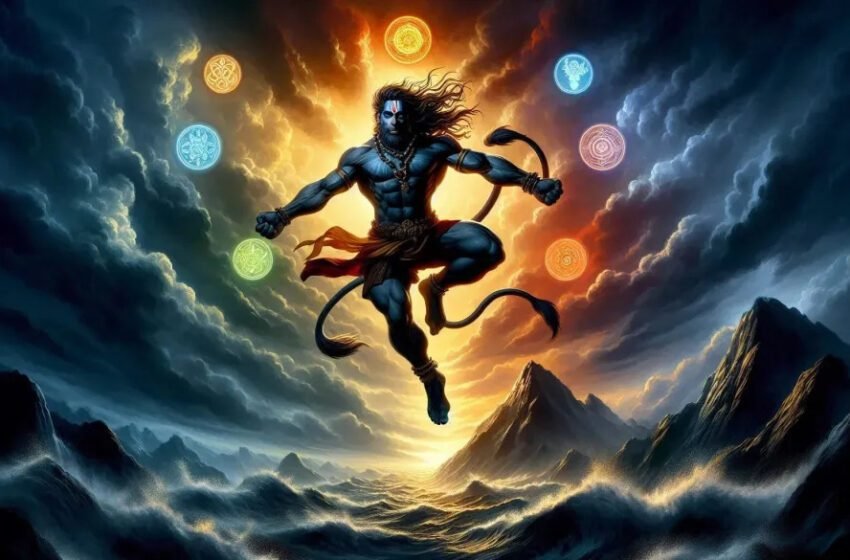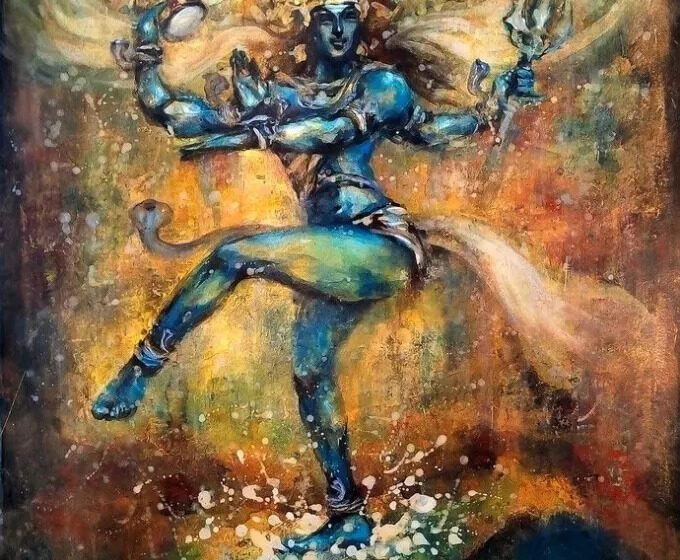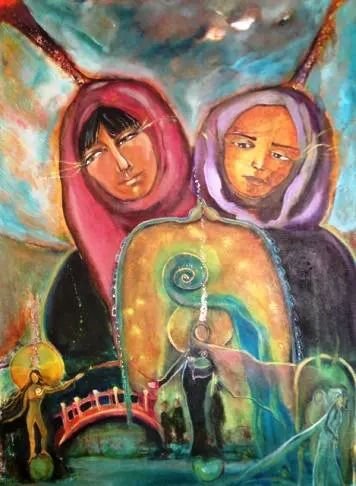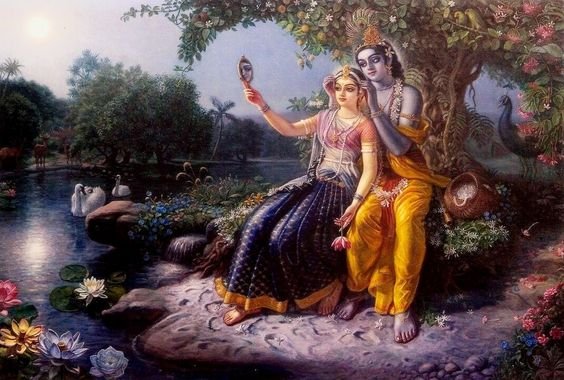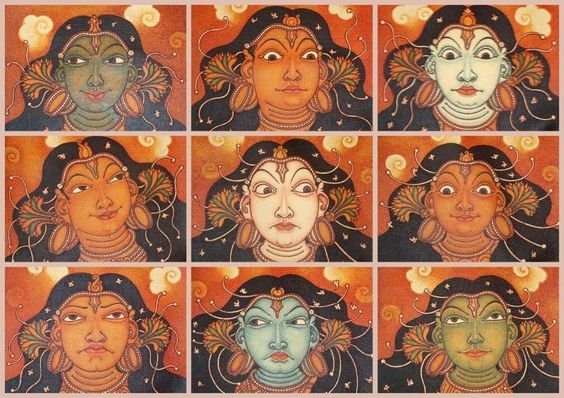Renowned for its historical and cultural richness, the state of Bihar boasts of a vibrant folk heritage that reflects the character of its people. Among its myriad tales, the story of Dumria Bhajani stands out as a story of divine intervention, resilience and community solidarity. Bhajani is regarded as the guardian deity of Dumaria and […]Read More
A Tale of Sacrifice, Courage, and Eternal Protection Himachal Pradesh is often called the “land of the gods”, full of myths and legends. One such interesting story comes from the picturesque town of Chamba nestled in the lap of the Himalayas. It is the story of a brave queen who sacrificed her life to protect […]Read More
Introduction: The Serpent Prince and His Mystical Legacy A land of many myths and legends, South India was home to countless stories that connected humans with the divine realms. Of these, the story of the serpent’s son, the serpent prince, stands out as a thrilling tale of revenge, transformation and loyalty. Handed down across generations, […]Read More
In the rich fabric of Indian history, the essence of heroism or Veera rasa stands as a defining theme in legendary warriors, heroic rulers and heroic freedom fighters in history, music and dance or nine rasas left is mentioned in the Natyashastra, ancient Indian of the countless mythical artistic texts that seek to capture the […]Read More
Indian novels are timeless, full of intense emotions that not only define the characters but also determine the course of events. Raudra Rasa, one of the most persuasive emotional impulses—embodying anger and rage—is a transformative force that goes beyond destruction Raudra Rasa is not just anger; It is a powerful catalytic force that makes a […]Read More
Indian mythological stories that evoke a wide range of emotions, one of which is karuna rasa or feelings of compassion and sorrow Mantras that deepen their compassion, generate empathy. It brings it into the space of meaning. This flavor is especially prevalent in the Mahabharata epics, the Ramayana and the Mahabharata, where the characters experience […]Read More
The concept of “rasa” represents the essence of human emotions and plays an important role in the tapestry of Indian art and literature. Among the nine states of happiness or emotion described in classical Indian aesthetics, laughter or humor shines brightest as an expression of joy, sarcasm and wisdom. This blog delves into the origins, […]Read More
A taste for love, beauty and aesthetics is one of the nine flavors of Indian literature and art. Shringar is generally considered to be the most distinctive and important flavor, signifying feelings of love, passion, desire, and beauty. Whether in poetry, dance or painting, Shringar has inspired countless artists and poets over the centuries, creating […]Read More
Navarasa, which translates as “new emotions” in Sanskrit, is a key concept in classical Indian art that encapsulates the essence of emotional expression. These nine emotions—Shringar (love), Hasya (laughter), Raudra (anger), Karuna (compassion), Veer (courage), bhayanaka (fear), bibhatsa (disgust), adbhuta (awe), and shanta (peace)—function as universal languages that transcend cultural boundaries. Each quantity enables artists […]Read More
